Description
Tired of getting the same treatments from doctors that didn’t heal his joint and muscle pain from running, Jay Dicharry decided to combine different fields of clinical care, biomechanical analysis, and coaching to help you avoid common injuries and become the best runner you can be.
Running has become more and more popular in recent years, with thousands of people entering marathons, buying new running shoes with the latest technology, and going for a daily jog, whether on the track or on a treadmill. Unfortunately, with running comes injuries, as a result of wrong information and improper training.
Along with clear and thorough explanations of how running influences the body, and how the body influences your running, this book answers many of the common questions that athletes have:
- Do runners need to stretch?
- What is the best way to run?
- What causes injuries?
- Which shoes are best for running?
- Is running barefoot beneficial?
- And much more
The mobility and stability tests will assess your form, and the corrective exercises, along with step-by-step photos, will improve your core and overall performance, so that you can train and run with confidence, knowing how to avoid injuries!
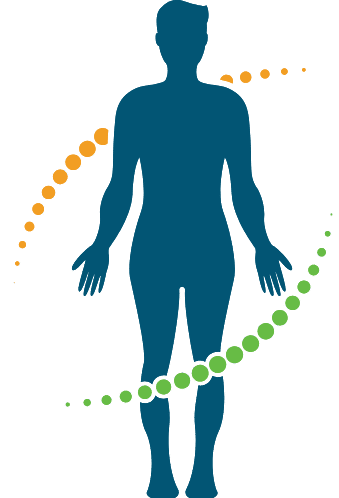
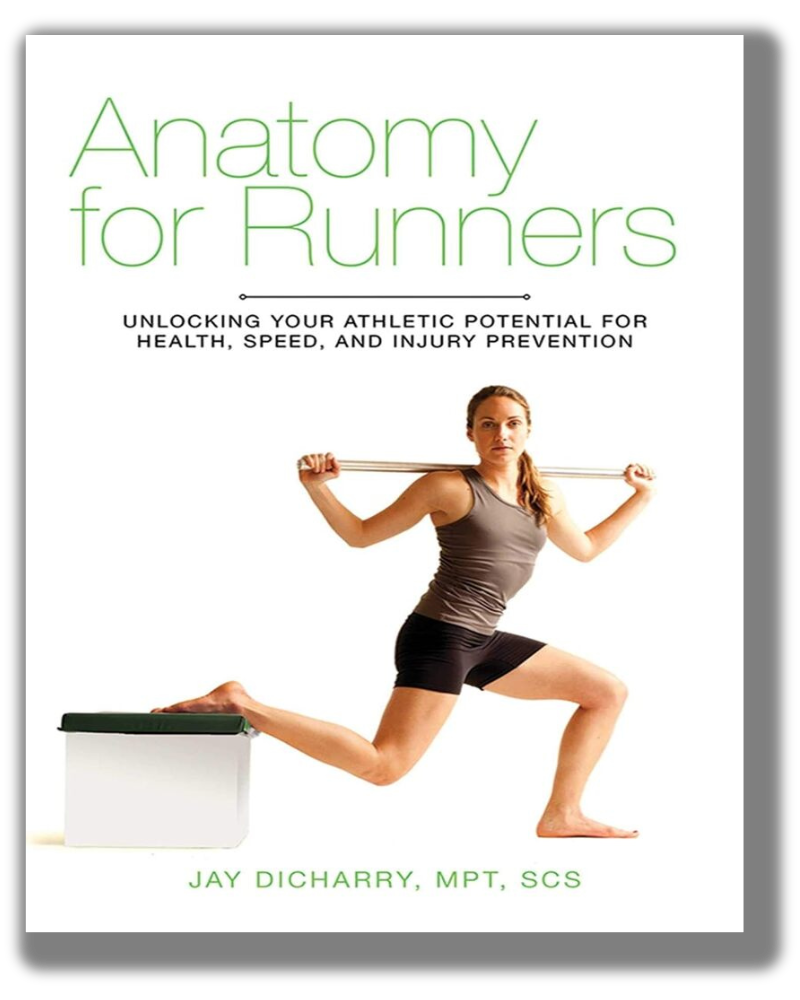
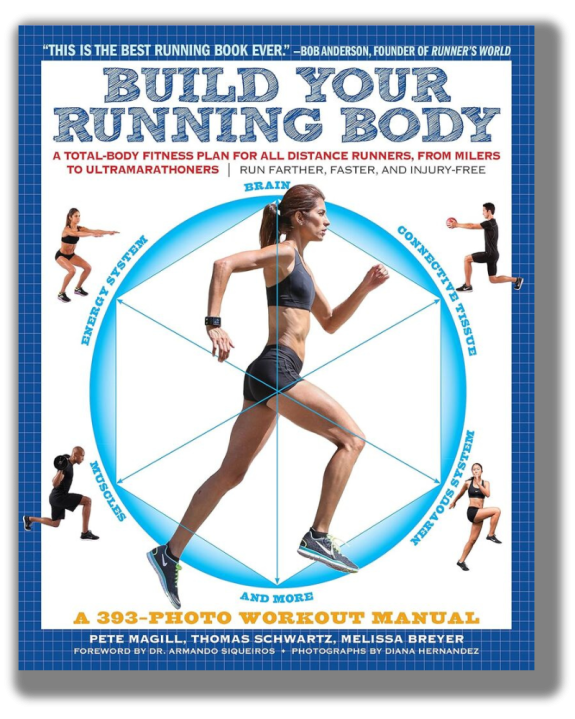

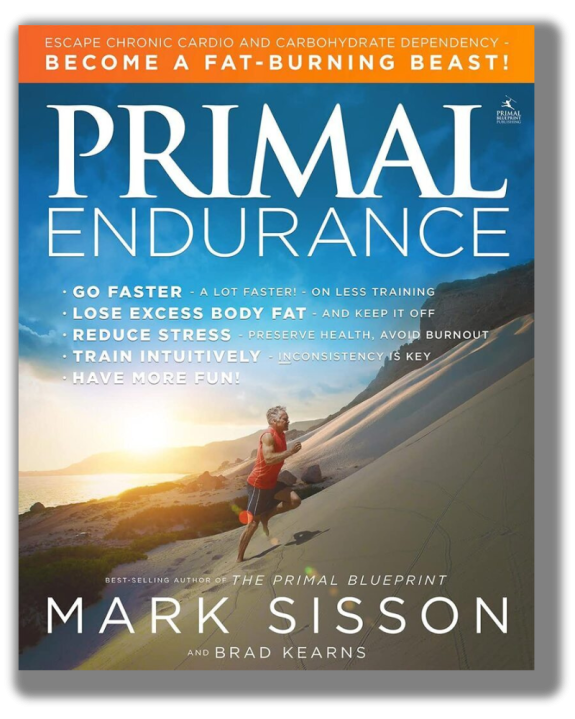
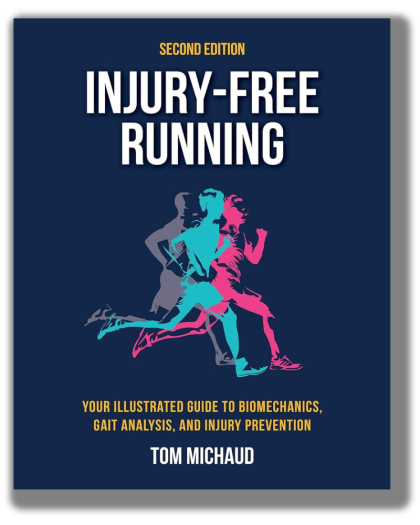
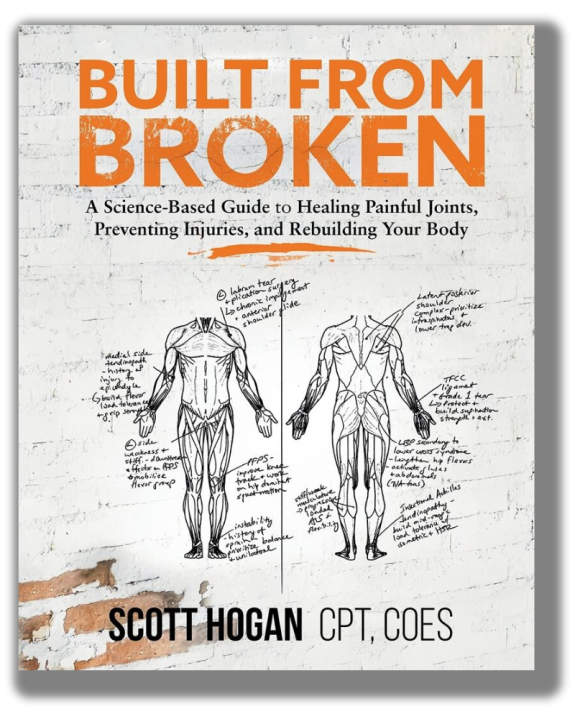


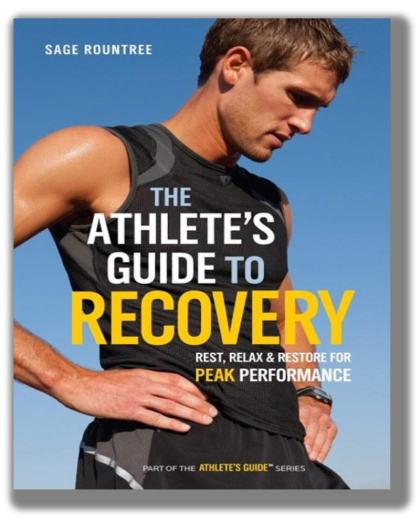
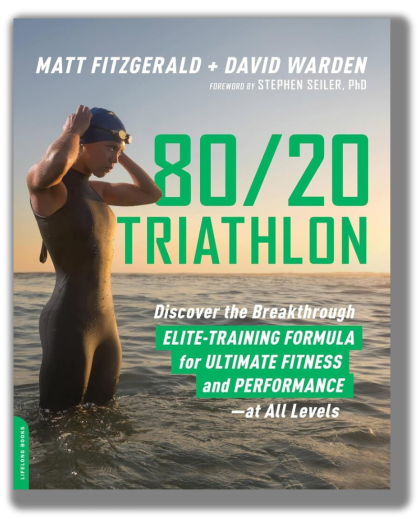
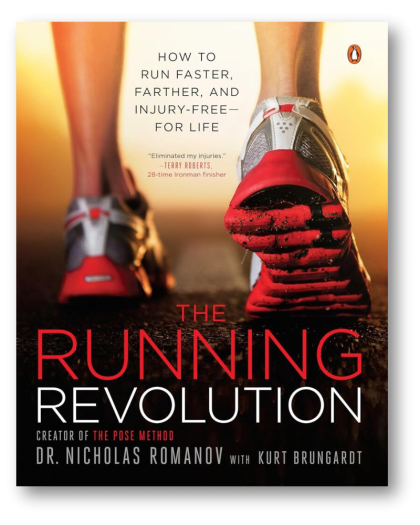

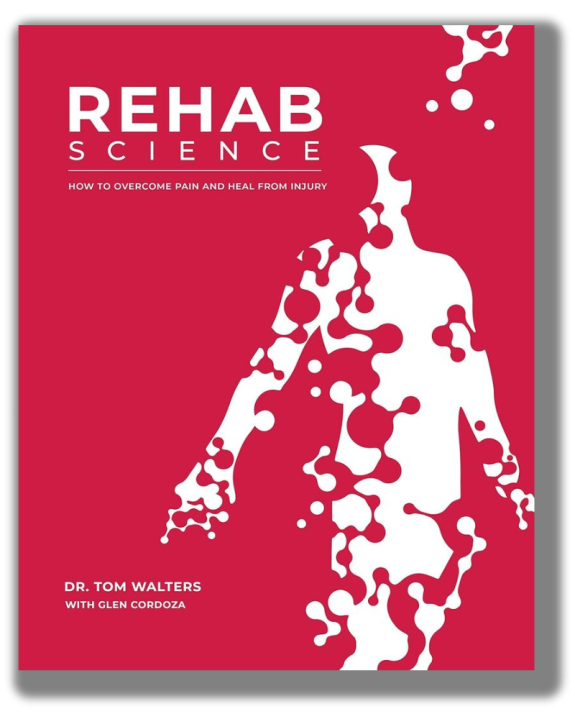


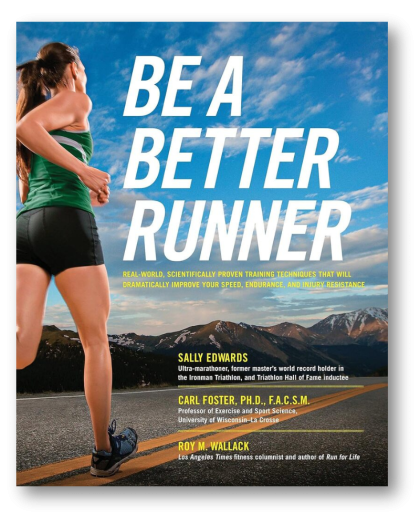
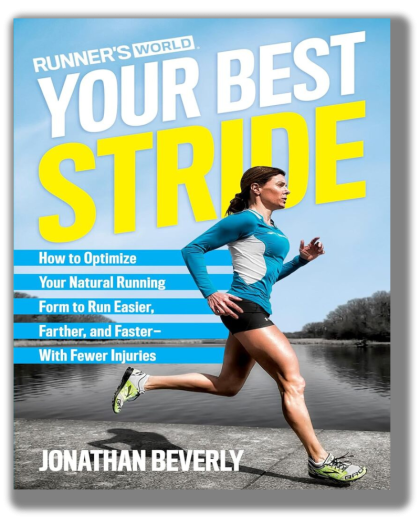
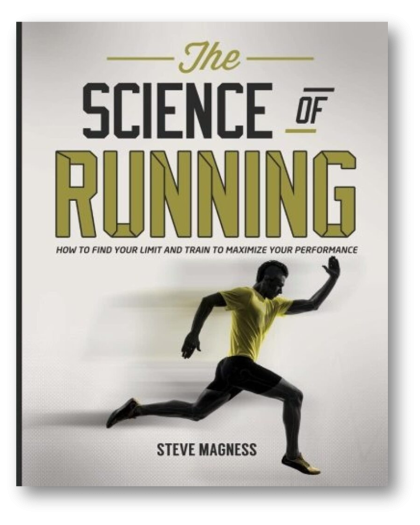
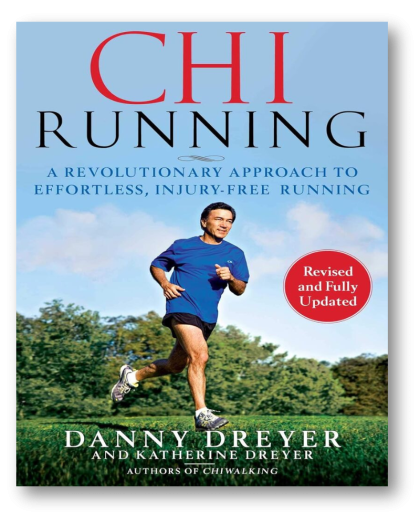
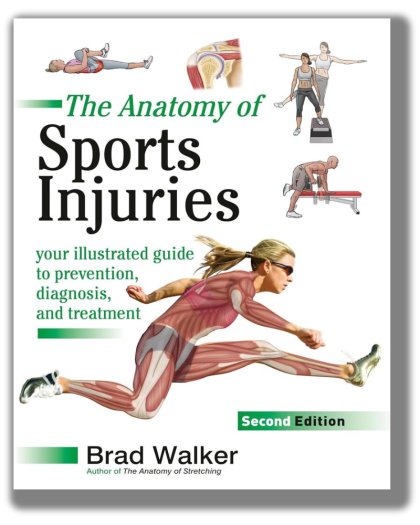
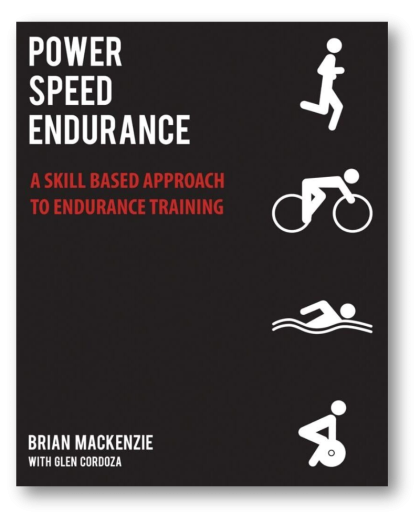
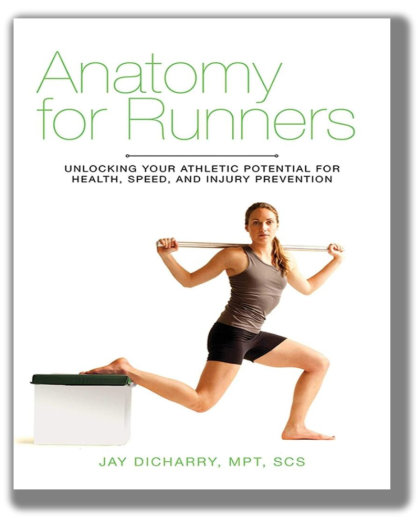
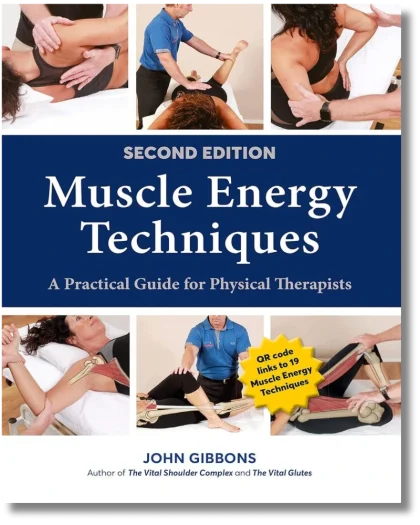
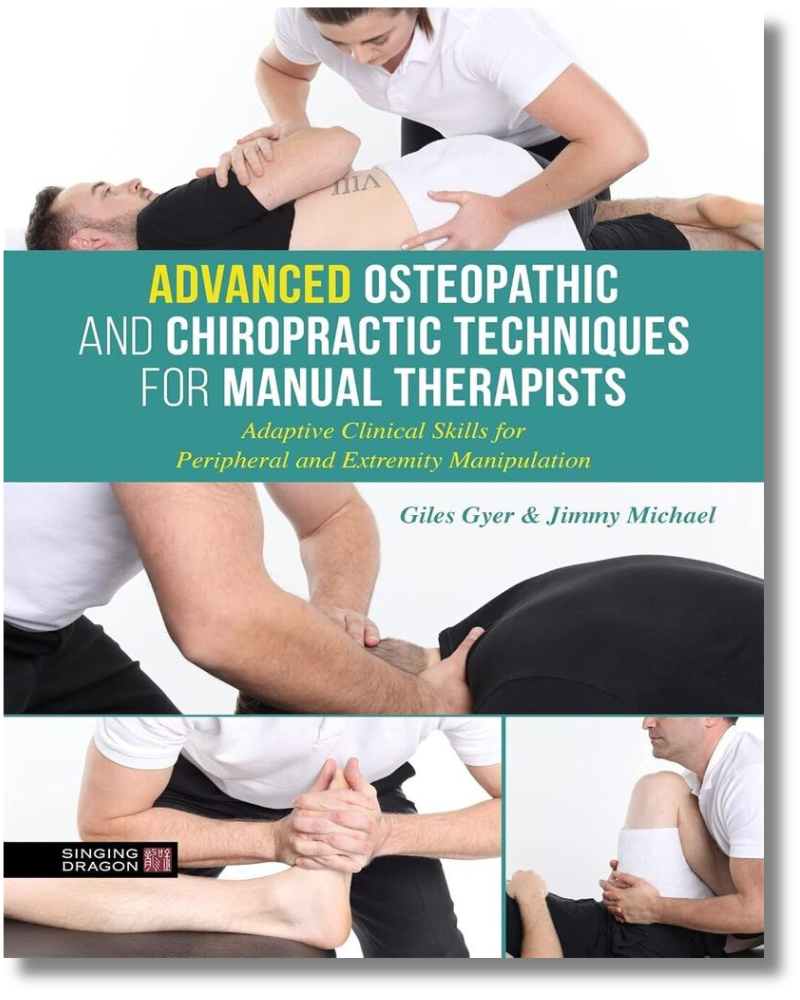
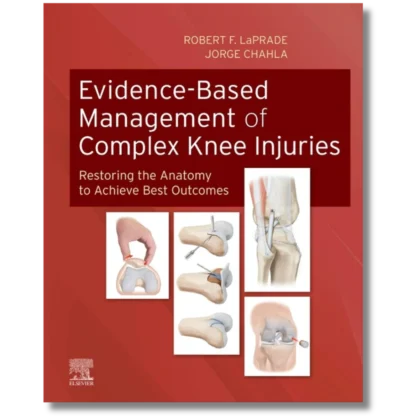

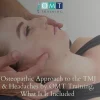
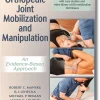

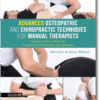
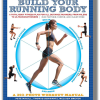
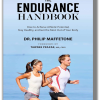
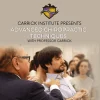
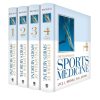
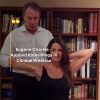
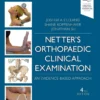
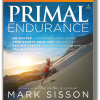
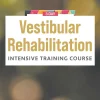
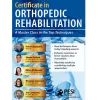
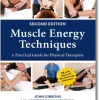
A. Husain (verified owner) –
The book is very good in listing specfic exercises to fix problems. I think his conclusions are practical and easy to understand. It is very good resources to fix problems, but I two issues. First issue is he had two ads for products in the book. Yes, they are ads. Secondly, there is no set way to optimize the correction process. Meaning he doesn’t say do tissue work and then corrective exercise for this issue. He just lists the exercises for each problem and a progression. There should be a little more of flow chart to optimize the process. However, it is still a great resource a must read.
RBNC (verified owner) –
As a competitive runner and a coach of beginning runners, I have benefitted from many sources of information about running form and preventing injuries. However, I’ve also felt that some pieces of the puzzle were missing from existing publications and seminars. I think that “Anatomy for Runners” is a significant addition to the existing books and articles on healthy, efficient, and fast running.
I found this book to be a great combination of science and practical application! In writing the book, Jay Dicharry draws from his experience as a physical therapist, biomechanics specialist, and formerly-injured runner to provide a toolbox of self-assessments, corrective exercises, and explanations. I think that reading this book would be an excellent choice for runners who have frequent injuries. It would also be beneficial for those who are now healthy but want to reduce their likelihood of getting injured while training hard.
In my opinion, the title of this book doesn’t fully describe all that the book offers. While “Anatomy for Runners” certainly includes detailed information about the structure and function of the body, it goes way beyond that. Furthermore, the book is both interesting and understandable (not at all like a boring textbook). Here is my one-sentence summary of what the book is about: How to develop healthy movement patterns and improve your body’s strength and mobility so that you can run with more efficiency and less risk of injury.
I learned a lot from this book and would highly recommend it!
Jenny (verified owner) –
This book takes you through the science of what your body is doing and what it is going through when running. I tore my hamstring a few years ago when running. I retear it every year after I start my running back. This book actually explained my condition and it went through the steps of WHY I keep retearing the same spot. It is taking me through the process of stregthening the area that tears so it will be much more difficult to tear next time. I will be out running again in no time! Hopefully this time injury free by following the book’s steps. I LOVE this book!
bdodson (verified owner) –
The best science and practicality without any spin. The author’s experience and expertise becomes vivid through the way he describes complex biomechanics, properties of tissue healing, and neuromuscular adaptation through simplistic analogies. As a physical therapist with an intense interest in running injury prevention/treatment and improved running efficiency, this book is a must have. I would argue that this book is a must have even for the therapist who doesn’t work with runners, but wants to learn how tissues in the body respond to mechanical stress and effective techniques to restore optimal mobility and stability and soft tissue function. The final 2 chapters of the book provide the reader with easy, effective self assessments and corrective exercises. Take home message from the book is that runners and coaches focus too much on the engine, but it’s the chasis that breaks down and leads to injury and leaks in performance. Currently using this book as a soft blueprint for establishing a running specific biomechanics assessment program.
Howard Elakman (verified owner) –
The book is well written by a person with experience. Very detailed description of what the human anatomy is and what you should know to be a runner that avoids injury. A basic book about running written so that all can understand what goes on within your body when you run. If you run at all you must be an athlete first, strengthen your body and understand what happens to your body while you run. While stressing form the author tells you what you must do to correct your form and why you must do that. One of the better books that i have read, and I do read many books about running. As a certified running coach that has been running for over 40 years, I still am interested in learning more. This book will be a reference for me for a long time.
Ali Gonzalez (verified owner) –
Perhaps a little over-technical for the recreational runner like myself, however I’m just nerdy enough to enjoy it. Very well-rounded approach with tons of reasons why you should keep running and how to avoid injury.
Brrit (verified owner) –
Excellent book!
Having been on the running-injured-rest cycle for a couple of years now, Dicharry helped me to understand why this was happening and how to stop the cycle. If you are struggling with nagging injuries, this book could help you strengthen your body to prevent future pain and/or injury.
While some parts of the book are pretty detailed, it serves to build to create a solid foundation for understanding your bodies “weak points”. There is a great chapter with simple tests testing your abilities. With these assessments, you can begin to build up your body.
The biggest take away for me: rest doesn’t solve a weak or damaged muscle group. I’ve always been told to take a break when the pain begins, but that isn’t going to fix a weak glute or hamstring. Dicharry gives you the tools and exercises to repair and rebuild whatever weakness you have.
Couldn’t recommend this book more.
J. Moffitt (verified owner) –
I learned a great deal from reading this book. The book could be improved by adding some more organizational structure, and also adding some tests in the transverse plane. However, I really recommend the book to anyone who runs and wants to understand the origin and mechanisms behind most running injuries. With some work this could be one of the greatest books on injury prevention in runners ever written.
Flg (verified owner) –
The author certainly knows a great deal about how to assess and improve body positioning, mobility, and stability to improve running efficiency and prevent injuries. The self tests are incredibly invaluable as are the corrective exercises.
The only content drawback is that the author uses a lot of technical terminology that can tax a reader’s understanding of the material.
There is one additional problem which has to do with the e-book’s page layout, not its content. Often the description and corresponding picture of each self-test or exercise and not on the same page. Rather a description and another test or exercise photo are on the same page. This is confusing as to which picture goes with which exercise or test. The publisher could easily correct this by labeling each photo or changing the page layout to better match e-book versus print book specifications.
Overall the content and practical self-tests and exercises are incredibly valuable for any runner. So if you are a runner or are thinking about running this book is a must buy. It will improve your performance and help prevent injuries that would hinder your ability to run.
J. Moczygemba (verified owner) –
I bought this as a gift for my boyfriend. We are both runners, but he is very injury prone. After reading the intro, I decided to purchase. Every time I talk to my boyfriend now he is telling me something new he read and how much he likes it. He says the book is different from many magazines and internet articles because it doesn’t offer a one-size-fits-all solution for everyone. It lists options and describes why some exercises that you may have thought were good for building strength are actually hurting you. I’m supposed to read it when he finishes, so I will update my review accordingly.
fool4gold (verified owner) –
Want to be a stronger, better, happier, faster runner? That might be a little optimistic, but this book is as close to the holy grail of running mechanics as anything else that I have found. The self-assessment tests presented in Chapter 9 are enlightening and worth the read on their own. These are followed by exercises to correct any flaws in mechanics revealed by the self-assessment tests. After the inherent wisdom of this approach is revealed, you will feel compelled to read the preceding eight chapters to better understand the logic behind the approach. Combine this with compatible exercise videos from the Natural Running Center and you will have a souped up chassis on which to mount your aerobic motor.
Snappy (verified owner) –
I was really looking for a book that incorporated real lifting into a running program. This book has the usual basic bodyweight exercises. Plus, it’s pretty technical. Seems like more of a textbook for a trainer than anything I can reference.
B. Wegman (verified owner) –
This book is full of practical ideas and helpful exercises. It will challenge many of the assumptions and “best practices” that the running world has adopted over the years, and back up those challenges with hard data and logical explanations. The author describes complex scientific concepts using easy to understand explanations, so you don’t have to be a doctor to understand what he’s talking about.
His approach and opinions are very moderate. You won’t find a die-hard minimalist or “maximalist” approach here-just lots of good information and ideas based on research. I appreciate the conservative views he has regarding surgery, orthotics, complete rest, and other aggressive forms of treatment. Chances are, if you have taken (or are considering) some of these measures, this book will help you find a way to avoid them.
I have been doing the exercises for the past month and have begun to notice improvements in my form and efficiency already. If you have the patience and discipline to follow through, I can’t see how you wouldn’t get any results. This was a far better (and cheaper) investment than another pair of shoes!
E. Knudson (verified owner) –
I thought was going to be a yawnfest, to be honest – so far, I’ve only read about a third of the book, but so far I have read a few things that are worth mention.
1 – Running is a skill. It takes time to learn the proper movements and additional exercises that help keep us balanced as we develop our running performance. You’ve probably heard many stories where long-time runners have IT band issues and do cross-training or weight lifting. The author explains the reasoning behind this and make some general recommendations on how to correct it – not quite a training program, but I believe he provides enough information for you to identify your own weaknesses.
2 – when you are injured, don’t JUST rest – I didn’t realize this was as important as he makes it sound. Over enough time of pure rest, your body will decondition and you may actually be weaker than when you began training when the pain finally subsides. Dicharry talks about F.I.T. (Frequency, Intensity & Time or Duration) and uses it to discuss rehabilitation. The F.I.T. of your rehab exercises should be enough to improve your strength/healing, but not enough to impair your recovery.
3- The author also discusses some of the problems with today’s shoes: excessive motion control, padding, heel height & the narrow toe box in some of today’s shoes. While I am not qualified to make a shoe recommendation, the main message I got from the section on modern shoes is overdependence on these features results in underdevelopment of the supporting muscles and nervous system (specifically the proprioceptive feedback loop – he asks something like this: ‘imagine tying your shoes. easy, right? now tie 50 marshmallows to your hands and tie your shoes – much harder, right? same thing happens with a lot of padding – it masks sensation of the road and breaks the feedback loop).
You should really read this book, he has a good style, tries to crack a joke here and there and really appears to speak from authority.
Grant Fourie (verified owner) –
Is amazes me that one can be better at something you thought came naturally to a human. Lots of tips and exercises to reformat the mind. Read it 10 times!!
Tom-A (verified owner) –
This book goes into extensive detail about how muscles and connective tissues are constructed, and how they are related to each other, in order to propel the body faster and further. The reader should have a basic understanding of human anatomy, as sometimes rather scientific terms are used without explanation or images included. I really liked the many descriptions of exercises or drills to improve function, but it would be helpful if many of these were available online in YouTube videos, maybe they are, I haven’t checked yet. After reading most of this book, I may have to travel to VA for a personal appointment with Mr. Dicharry. I noted many typos or missing words/extra words in this book; so I think a better editor could have been useful. Also a glossary of terms and more description or images of discussed body parts could have been useful. However, this is a very important book for people to read who are seriously interested in improving their running form. Hopefully I can get many others in my running club to read it too, so that we can put his many ideas into practice.
Todd Wichman (verified owner) –
As a runner and a sports medicine physician, I thought I myself well tuned. After several bouts of increasing knee and hip pain, I knew I was wrong. This book was recommended to me by a fellow runner (who is also a physical therapist). The title is somewhat misleading, as he covers not just anatomy, but physiology, kinesiology, testing, and correcting form and strength issues, all in a way that is easy to understand and flows together well.
If you are a runner, especially longer distances, and you have pain, get this book. If you do not have pain (not yet), get it anyway to protect your body further down the line.
Enjoy and happy trails!
Bruce Kelly (verified owner) –
This book should be in every runner’s library as some 2/3 of all runners are injured during the course of a year. They may find some solutions to their underlying movement dysfunctions that cause their pain instead of just treating the symptoms and not getting any resolution to their issues.
sam (verified owner) –
After seeing Jay in person and having him work an absolute miracle on my post-surgical spine I had to get his book, just to check it out. He treats in the same “voice” as he wrote the book. I never imagined that an anatomy book would be a page-turner, but this one is. The way he lays everything on the table in a simple way that everyone can understand is no doubt an unbelievable skill. For anyone who has struggled with injury and had an even harder time sorting through all of the conflicting information of how to treat it, this book will provide you with the foundation to make smart decisions, and more than likely it will give you the skill-set to fix yourself.
I have been recommending this book to everyone and I highly recommend it to you, injured or not!
Karen (verified owner) –
I did not do with this book what I normally do with books of its kind – skip straight to the exercises. I’m glad I broke with tradition. This book is packed with specific, scientific information about anatomy and the integration of the muscles, tendons, and nerves to create movement. (I’m sending a copy to my daughter, who is an exercise science major). This book dovetails nicely with the work I do with my yoga instructor, who incorporates body balance and structural integration into her classes. Everything does interrelate, and this book demonstrates how.
The tests for deficiencies which affect running we’re simple to do and interpret, as were the exercises necessary to correct them. Whether this book helps depends on how willing you are to follow the protocol – it’s not for lightweights in terms if time commitment, as it needs about a half and hour a day. My only criticism of this book is that it’s unclear how you know when you’re ready to move from phase 1 to phase 2, and when to incorporate some of the other advanced exercises into your routine. The author says you’ll know, but I’m concerned most people won’t. I’m not downgrading it for that, as everyone is different and it’s probably difficult to have a definitive measure to progress. Still, some benchmark would have been helpful. All in all, however, an excellent book that every runner should own.
Lee & Debbie (verified owner) –
Great road map if you are an injured runner or just wanting to be the best runner you can be. I work at a runner specialty shop and you would be surprised at the stories of how non running doctors like to try and “heal” their patients. Most of the time it’s a scar tissue build up from over use that throw you out of balance and causes over compensation. This book takes you step by step through the process of finding your weaknesses and fixing them. Runner’s for the most part, would rather run than do preventative maintenance workouts. But when done you will be on the road or trail longer and with less injuries.
JMild (verified owner) –
In my constant pursuit of good running resources, research, training methods, etc… I came across this book by Jay Dicharry and decided to give it a chance. This is an excellent read for the science behind the body, basic tests anyone can perform on themselves and most importantly, corrective measures you can take to ensure quality gait and stride while running. I’ve recommended this book to everyone I meet in the running community. Whether in great physical shape with ease of movement while running or just feeling the aches and pains the body can go through when running it is a good resource for all runners.
cyberfinger (verified owner) –
The material is quite technical, but I found I found the substance compelling enough to invest an hour each day to overhaul my running style. I am in my mid-forties. At work I sit in a chair. Athletically I compete for fun and for fitness. I restarted long distance triathlon this last year. I just started to break a sub-twenty minute 5K in training, when I pulled a calf muscle. The first injury to stop me from training in a long time. So I picked up this book.
I am lucky that I did. There is too much information to summarize here, but the experience of reading it was like getting invited into an Olympic Running Team’s private training sessions. After two weeks of working on a selection of the drills, of course my injury is fully healed, but mainly I am so much more aware of how crooked I am in both running and everyday life. It’s not something I can fix in even a couple of months, but in time, I feel pretty confident that I’ll have excellent posture and running form. I tried explaining this book to a couple of running friends. One of them mentioned it was similar to another book they had already bought, ‘Build Your Running Body’. So I picked that up to take a look. ‘Anatomy for Runners’ is in a different class, a serious book that can fundamentally change the way you approach running. A serious book for people who will continue to invest a lot of their life running. On a couple of events I’ve been beaten by 70 year old men. I think this is the way I’m going to be that guy, one day.
ChocFifrelin (verified owner) –
Detailed, technical without being boring, and a lot of learning about how to understand some of the aches and pains of running.
My only wish: more illustrations, and links to videos to demo the exercises!
W. Sparrow (verified owner) –
I actually bought this book for my husband for Christmas, but just as I was about to wrap it, I started to leaf through it. The next thing you know I was reading it at night in secret, trying to finish it before Christmas day. There was so much useful information that I wish all sports doctors, PTs, athletic trainers and health professional in general would learn about. Dicharry discusses everything from biomechanics, to foot attire, to stretching and strengthening, as well as what an actual soft tissue injury is.
This book ought to be in every runner’s and coach’s library. Several years ago I began to suffer from chronic injuries that shifted almost daily from one body part to another. Common treatment was to address the symptom, which was seldom successful. This book gets you to think about what *causes* tissues to weaken, develop imbalances, and eventually become injured. Understanding what, how, and why goes a long way toward healing and preventing injuries.
Practical, informative. I re-read sections of this book regularly.
Kelly Gooding (verified owner) –
This is very helpful book for runners. It goes into the science behind injuries and explains how to strengthen muscles to prevent injuries. As a cross country coach this book as been extremely helpful!
SesameStick (verified owner) –
Could very easily have gone three stars. Most of the book is awesome. Where it falls down is describing and showing how to do the evaluations, this section needed to be twice as long as it came out to be. Then as every other review has said there is no clear guide between the evaluation results and the recommended exercises, there is not even page number references. It was also not at first clear there were different levels to the exercises intended for different levels to weaknesses. The ‘meat’ of the book is a pile of spaghetti the reader is left to straighten out. Could have easily been five stars with the same basic content just some revision/organisation and better descriptions.
C. Conrady (verified owner) –
Hey Runner. Are you trying to figure out why you keep getting injured and what you can do about it? Yea, me too, that’s why I bought this. It’s good. Does a good job of describing what’s going on mechanically, what problems arise, how to quantify or measure the problems and then, finally, what to do about them. The book is filled with detailed descriptions on how to measure or stretch and littered with photos (like the one on the cover) showing what you should be doing. I chose this over Supple Leopard because it focuses on Running mechanics.
dcpaint (verified owner) –
Practical book that is easy for a veteran runner to understand. It has examples and situations in the book to directly relate to runners and even other athletes. Finally it’s good reference book that can be viewed at anytime to diagnose some difficulties you may be going though.
Moonpiegal (verified owner) –
This is an amazing book about how to keep yourself healthy through correct running form and through clear tests identifying your particular weaknesses and instabilities. It makes intuitive sense that having high forces acting upon unstable levers is a recipe for disaster and injury, but this book explains exactly why, which gives interesting and useful information for constructing a plan for injury prevention. I’m just starting out as a runner, and since a lot of the people who I began running with have gotten injured, I knew I had to have an injury prevention plan to keep myself active and trucking along. So far (knock on wood), it’s working out in my favor.
TheWayItIs (verified owner) –
The information presented and outlined in this book is of good quality and sensible. I will definitely be incorporating some of the testing and phase 1 exercises. However, that said; some pieces of information were without definition such as the 180 rpm. Whats an rpm as it relates to two legs striking the ground? Is it the cadence of right heel-strike to right heel-strike or right-left? There were also misused grammatical errors that had then tendency of skipping any reading fluidity off-track.
Kate B (verified owner) –
Wow! This book really is packed with information! I really love how detailed this book gets into the anatomy of the body and how it relates to running. Though this book does not prescribe a program per se, it definitely gives you some very helpful tips on how to improve your form. Want to know how to really get your body working for you? READ THIS BOOK! I have started incorporating a lot of the corrective exercises outlined in here and I’ve really started to see a difference in how my body is feel during and after a run. I hurt less and am much more aware of my body.
Kim M Kremer (verified owner) –
An ART chiro who treated my IT band problems prior to my Olympic-distance triathlon last fall recommended “Ready to Run.” I checked it out the library and I liked it enough to buy it. While looking for it online, I came across Anatomy for Runners. I’m very glad I bought it, and I wish I’d read it first. Lots of science, but still very readable. It’s far less preachy than Ready to Run.
I can’t stop gushing about this book. I’ve recommended it to everyone, including non-runners.
I ran my first half marathon this past weekend. While I still have plantar fasciitis in both feet, and a bunion in one big toe, they rarely hurt anymore. I’ve eliminated a lot of foot pain by strengthening my feet and lower legs. I’ve also managed to keep my IT band woes in check.
Ready to Run is also helpful, but I strongly recommend reading this book first. It may be all you need.
Wen Shi Wei (verified owner) –
Book provides many options to improve one’s training plan and debunks theory that doesn’t hold up to more rigorous studies
Smita (verified owner) –
9th and 10th chapter are very well written. Quite informative and systematic and useful.
good work. Enjoyed and learned a lot.
Ty (verified owner) –
PROS:
Excellent information for increasing your running-specific stability, mobility, and strength. FMS (Functional Movement Systems) is great for addressing general mobility issues, but this book makes it running-specific, which I loved. Good illustrations like the body as a slingshot help make the points. Also good photos help with performing the exercises correctly.
CONS:
I felt as though the editing could have been a little better. The author largely succeeded at making the topic more accessible to the layperson, but sometimes unexplained jargon crept through. The material could have been better organized too. And sometimes the instructions for how to perform a given exercise were vague. These are all things that an editor should have addressed before going to print.
Great book though. Recommend.
tri2sing (verified owner) –
If you have any interest in pursuing running on a long term basis, you cannot afford to practice your hobby or craft without information contained here. The author provides sensible and practical advice, data, and exercises. The book opens one eyes to looking at running as a holistic activity of the various body parts. The main lessons that this book delivers and constantly reiterates are: 1) running is more than about how many miles that you put in, and 2) a symptom of discomfort that inhibits your running requires finding its root cause and not just suppressing the symptom.
Wishing many happy miles you all you runners out there with the help of this book.
Some Dude (verified owner) –
Overall the book is well worth the purchase. It can be a little dense to get through, especially if you are new to running or the idea of adding strength training to your routine to fix ongoing injuries, etc, but it is well worth the read. What makes the book powerful is that the author is relying on science and data and describes what is going on physiologically and that helps make the workouts sensible and attractive.
My only real complaint is that a few of the exercises are not clear in how to execute them, even for someone who has some experience in this area. A new runner may find some of the descriptions and steps a bit hard to figure out. In my opinion, some of the confusion could be reduced by making the steps bulleted or by adding additional graphics and photographs.
But overall, it is a great book to add to your injury-proofing library. It has helped me pinpoint some problems in my physique and I am on my way to correcting them to stay injury-free.
Cecilia (verified owner) –
Has valuable information about the technique, injuries and how to improve your running, giving some exercise that can help to do it
Hannah (verified owner) –
I’m a few chapters in so far and its a great book! It has really given me a full picture on exactly why its important to cross train and the best way to do it. They break down concepts so that a non science mind like myself can understand how my body works.
Anton W. (verified owner) –
The author is very clever and makes reading the book. I know that sounds crazy but it really is fun to read. And if provides tons of great examples and analogies so you can immediately apply the info to real life. There is also an entire back section of exercises and self tests. I recommend for any avid runner or running coach!
Lovee (verified owner) –
I gave this book five stars because it’s well written and well researched. I recommend it to everyone who wants to run 🏃♀️ without getting injured the same way over and over again. He explains and illustrates how our body runs and what tests to perform to check for weaknesses and exercises to strengthen those areas so you can run better and experience the joy of running. Read the book 📖!
ChrisC (verified owner) –
Now, full disclosure, I am a PT and the language is something I deal with on a daily basis. But I don’t specialize in running. And so when working with a runner, I wasn’t about to go and thumb through a text book or attempt to read one of those self help type books from someone who is trying to sell me a lifestyle. This was a great balance of info and analogy…a way that I can easily transfer information to my patients, with well researched physiology. This is like taking the class…. Without having to buy a text book.
Ms. Hill (verified owner) –
Trainers are the best but when you can’t have one [pandemic, money, etc,], good books are helpful!
xBECK7x (verified owner) –
I like the information and example pictures in this book. As a runner, I am looking for where my weaknesses are in my form and how to fix them. This book addresses those issues and although I was not familiar with some of the terms used and it took me a bit to look them up and learn them, I now understand my running better and will be doing some of the exercises in the book to improve my strength and form.
Randy Green (verified owner) –
I’ve read many books on running, this one is the best overall for a clinician. I’ve incorporated many of the stability and mobility tests into patient exams. As a runner, I incorporated exercises for core stability and hip mobility. Jay makes complex topics easy to understand.